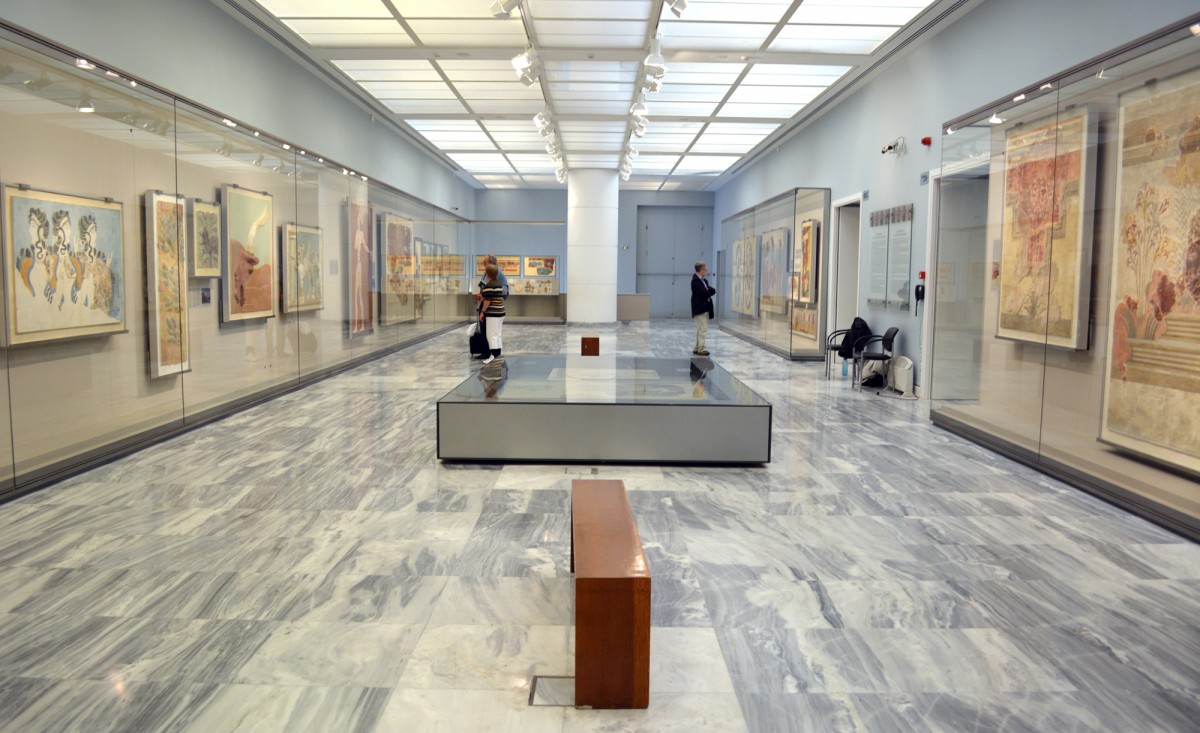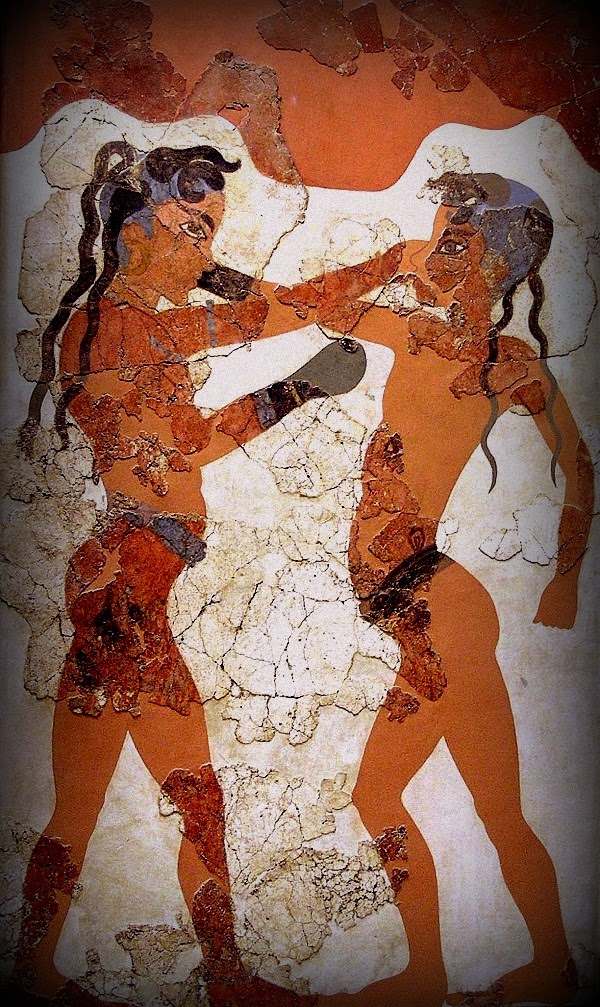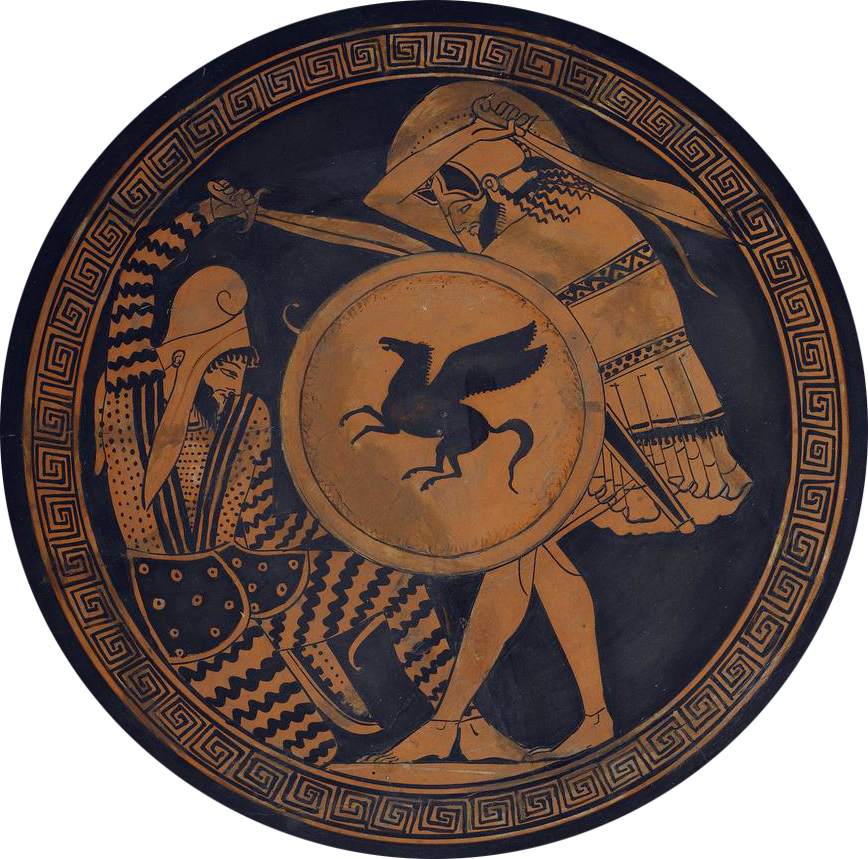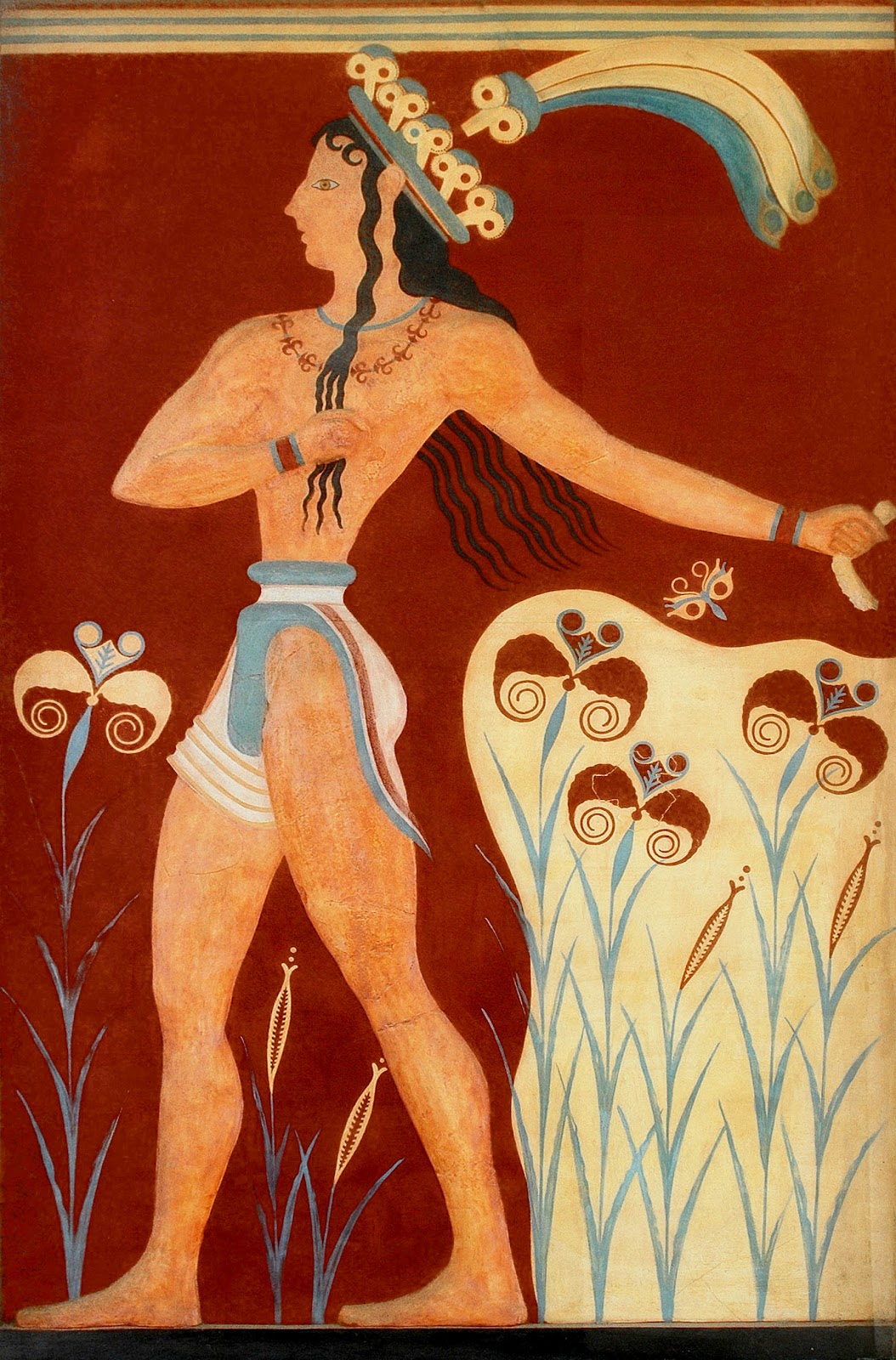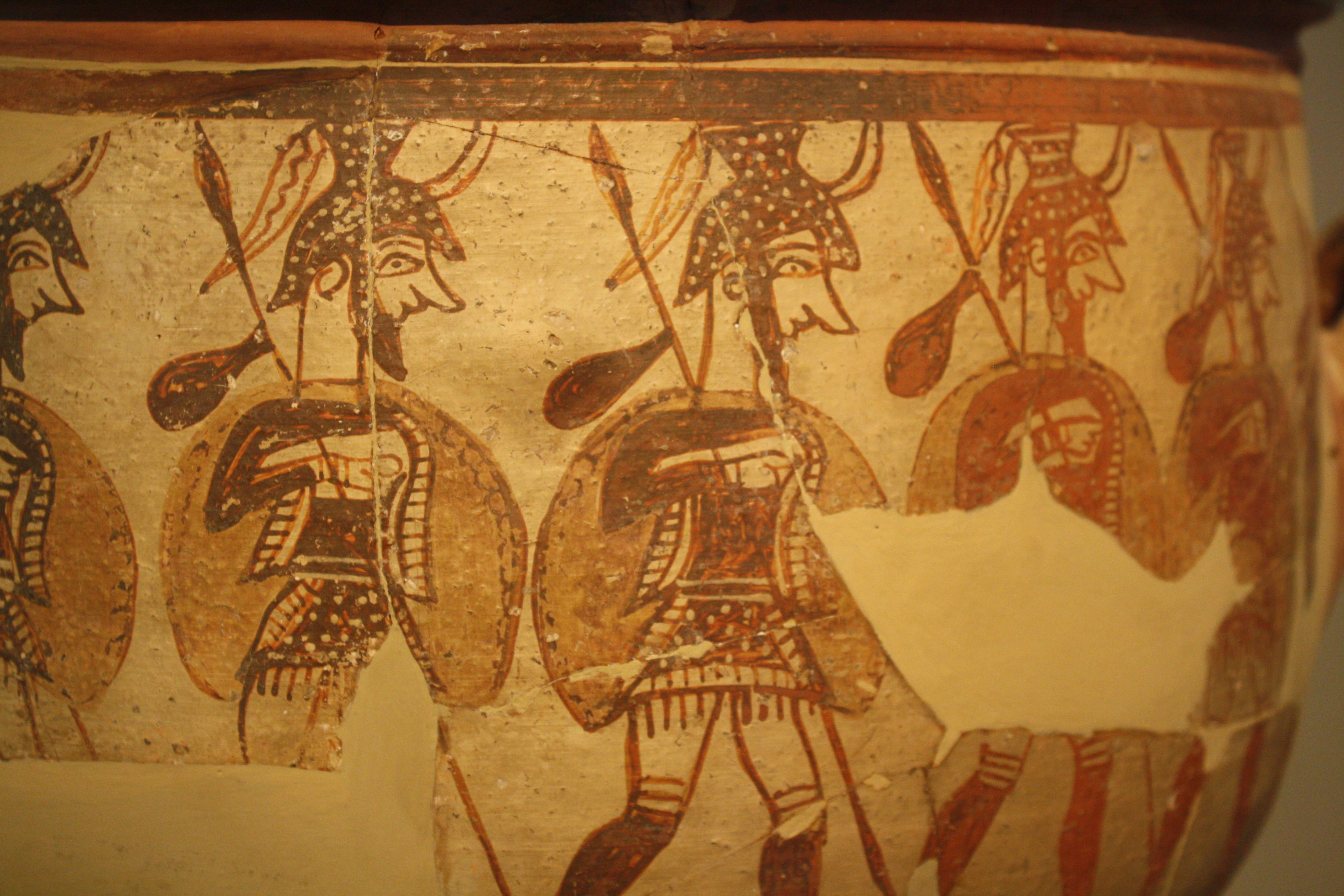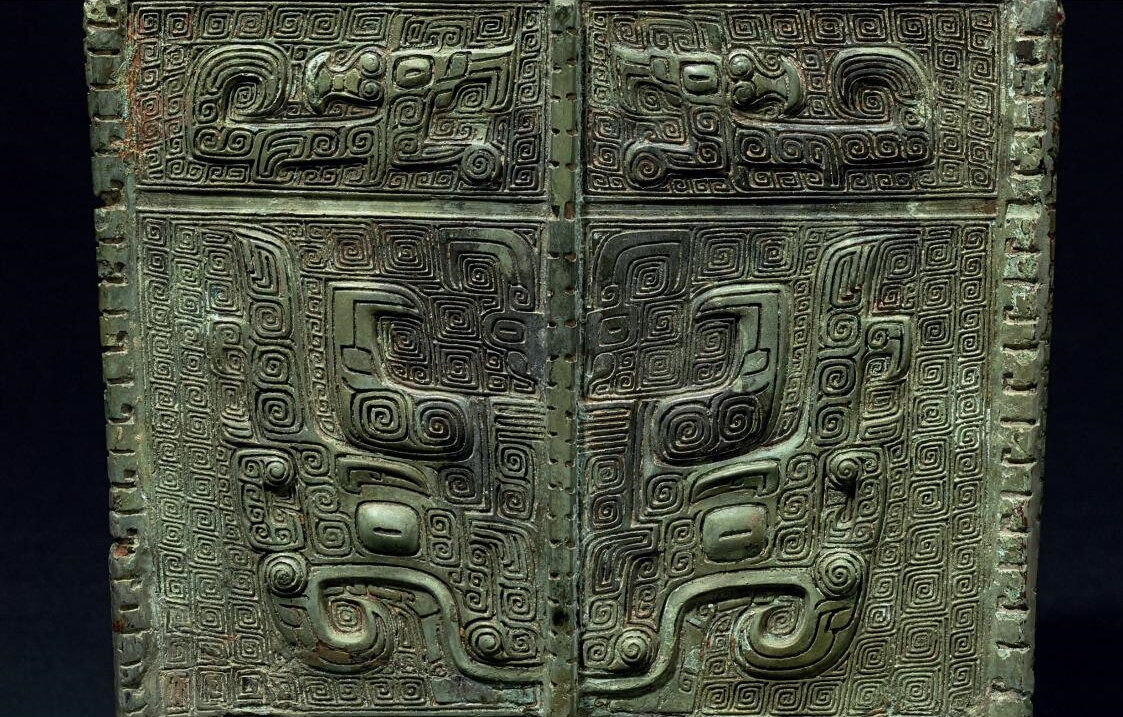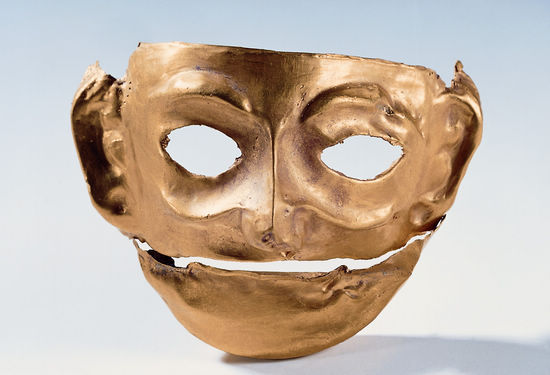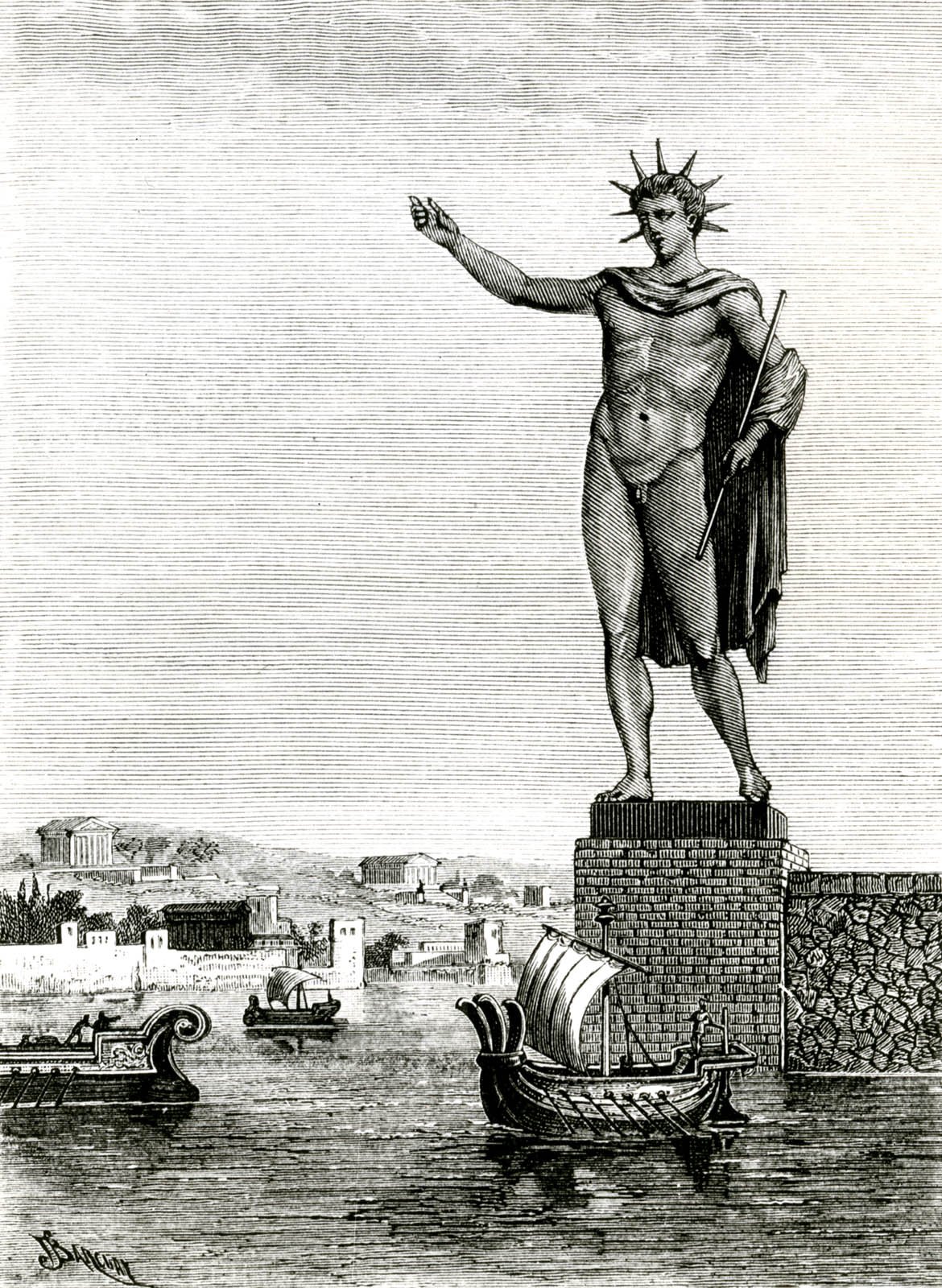Angela
Elite member
- Messages
- 21,823
- Reaction score
- 12,329
- Points
- 113
- Ethnic group
- Italian
See:
https://www.tornosnews.gr/en/greek-...noans-used-violence-and-prepared-for-war.html
I've read a lot about their culture, and I honestly am not sure.
These scholars address the fact that the Minoans did not portray battles or combat in their artwork, and dismiss that as just the fashion. They also make much of the fact that the settlements had defensive walls.
I don't find all of that particularly convincing.
I'm sure there was conflict both within the society and aggression coming from without, but there just doesn't seem to be the kind of warrior cult which was so signficant among the Mycenaeans, only some daggers.
"Likewise in adjacent Petras, at the site of Minoan Siteia, what part could be played by two more walls, nearly cyclopean in structure and with rectangular towers , the second of which surrounds the palace’s plateau on the hill top? According to its excavator, these two walls are part of extensive configuration works of the greater area which are related to the founding of the palace. So what does she believe? ‟Around 1900 B.C. the founding of the Early Minoan palaces was predated by social upheavals, the scale of which we cannot know, until one of the elites of each place prevailed or ,most likely, a compromise was reached between a few distinguished lines of rulers, who then undertook the palaces’ administration. The walls were built immediately afterwards, so they were probably a declaration of power and propaganda by the new authorities in the face of those considering to undermine it, whether local or from across the sea”. Consequently the walls ‟are not associated with any type of warfare, but were built immediately after whatever upheavals, precisely to avoid similar ones in the future, against the new ruling class”, explained the speaker, adding that there are walls belonging to the same period from two other important palatial sites in eastern Crete, those of Malia and Zakros."
What about weapons? During the Early Minoan period (circa 3000-2100), most of them were daggers, i.e. small swords either silver or bronze which according to scholars were either used for display (the silver ones) or as knives(he bronze ones) for various daily uses, while on rare occasions they could have been used as weapons in duels. ‟Roughly about that time, as well as slightly later, we also encounter male figurines that wear similar daggers in their belts, as in the very well known one from the peak sanctuary of Petsofas, near Palaikastron, east of Petras. Such weapons could kill if necessary, but those who carried them probably aimed to impress, displaying their high social position which allowed them to access expensive imported raw materials such as copper and ivory”, Mrs Tsipopoulou pointed out.
"So how can the absence of martial themes in the art of the Minoans be interpreted? In two ways, the speaker pointed out. ‟First of all, that in over 2,000 years of Minoan civilization there were no wars or other conflicts, or secondly that the Minoans believed for some reason that they should not depict battles and warfare … Obviously common sense is in favour of the view that the Minoans chose not to portray war”, she pointed out.It is hard to explain why such a thing occurred. As well as why in Minoan culture there is no representation of or reference to a lord. ‟In Minoan culture we have no representation of a lord, neither has any name come down to us except for that of Minos and perhaps Radamanthes, about whom we do not have much information. Moreover, Homeric Idomeneas was a Mycenaean king of Crete”."
https://www.tornosnews.gr/en/greek-...noans-used-violence-and-prepared-for-war.html
I've read a lot about their culture, and I honestly am not sure.
These scholars address the fact that the Minoans did not portray battles or combat in their artwork, and dismiss that as just the fashion. They also make much of the fact that the settlements had defensive walls.
I don't find all of that particularly convincing.
I'm sure there was conflict both within the society and aggression coming from without, but there just doesn't seem to be the kind of warrior cult which was so signficant among the Mycenaeans, only some daggers.
"Likewise in adjacent Petras, at the site of Minoan Siteia, what part could be played by two more walls, nearly cyclopean in structure and with rectangular towers , the second of which surrounds the palace’s plateau on the hill top? According to its excavator, these two walls are part of extensive configuration works of the greater area which are related to the founding of the palace. So what does she believe? ‟Around 1900 B.C. the founding of the Early Minoan palaces was predated by social upheavals, the scale of which we cannot know, until one of the elites of each place prevailed or ,most likely, a compromise was reached between a few distinguished lines of rulers, who then undertook the palaces’ administration. The walls were built immediately afterwards, so they were probably a declaration of power and propaganda by the new authorities in the face of those considering to undermine it, whether local or from across the sea”. Consequently the walls ‟are not associated with any type of warfare, but were built immediately after whatever upheavals, precisely to avoid similar ones in the future, against the new ruling class”, explained the speaker, adding that there are walls belonging to the same period from two other important palatial sites in eastern Crete, those of Malia and Zakros."
What about weapons? During the Early Minoan period (circa 3000-2100), most of them were daggers, i.e. small swords either silver or bronze which according to scholars were either used for display (the silver ones) or as knives(he bronze ones) for various daily uses, while on rare occasions they could have been used as weapons in duels. ‟Roughly about that time, as well as slightly later, we also encounter male figurines that wear similar daggers in their belts, as in the very well known one from the peak sanctuary of Petsofas, near Palaikastron, east of Petras. Such weapons could kill if necessary, but those who carried them probably aimed to impress, displaying their high social position which allowed them to access expensive imported raw materials such as copper and ivory”, Mrs Tsipopoulou pointed out.
"So how can the absence of martial themes in the art of the Minoans be interpreted? In two ways, the speaker pointed out. ‟First of all, that in over 2,000 years of Minoan civilization there were no wars or other conflicts, or secondly that the Minoans believed for some reason that they should not depict battles and warfare … Obviously common sense is in favour of the view that the Minoans chose not to portray war”, she pointed out.It is hard to explain why such a thing occurred. As well as why in Minoan culture there is no representation of or reference to a lord. ‟In Minoan culture we have no representation of a lord, neither has any name come down to us except for that of Minos and perhaps Radamanthes, about whom we do not have much information. Moreover, Homeric Idomeneas was a Mycenaean king of Crete”."


